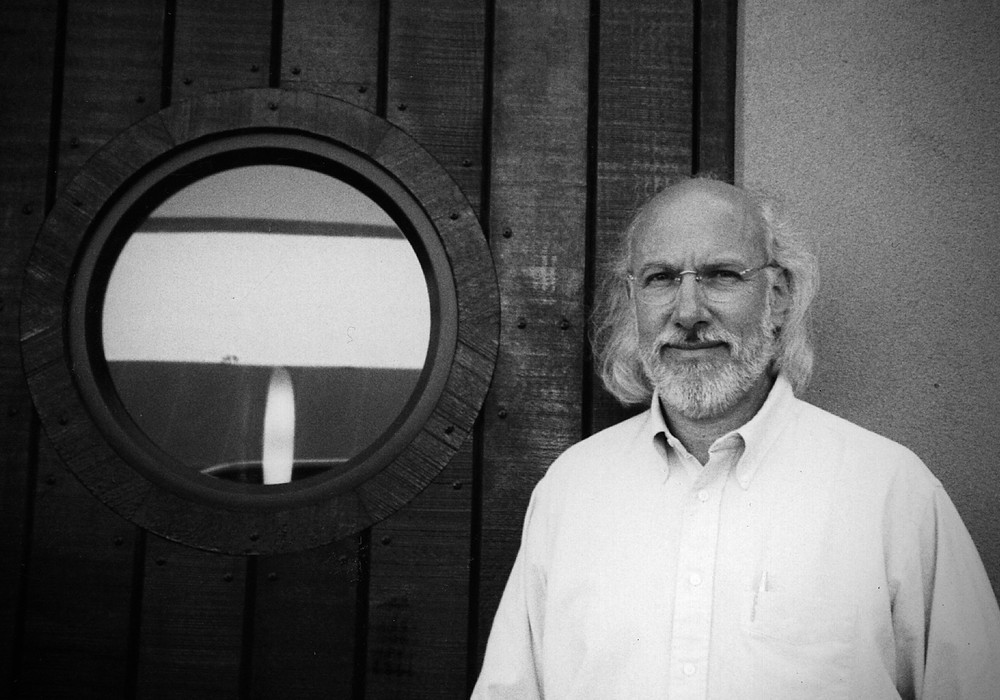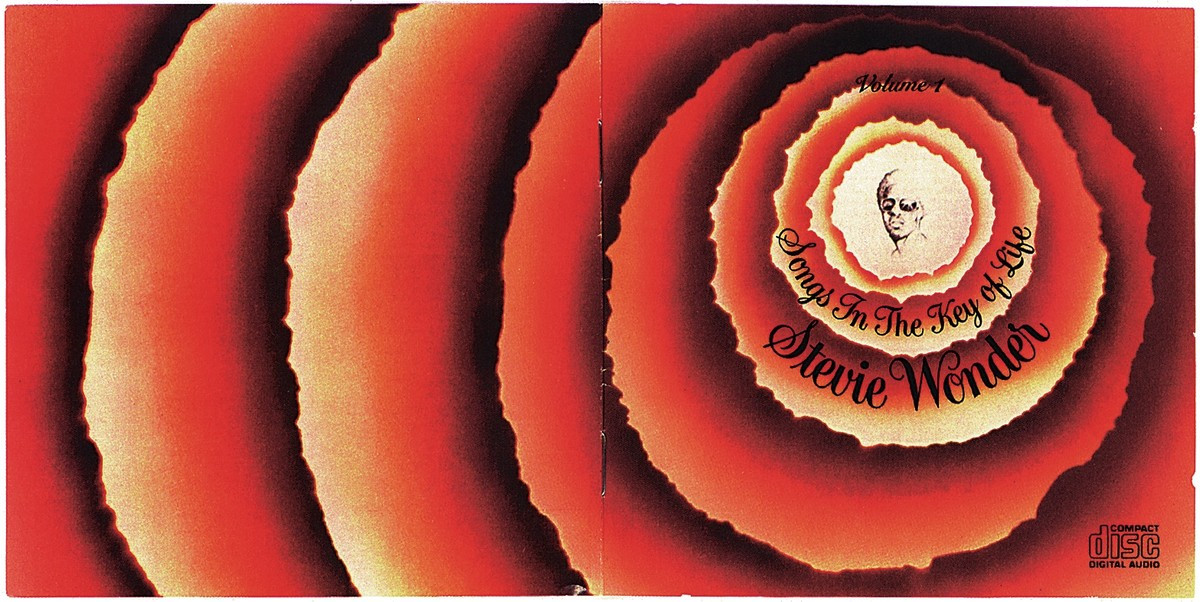Stevie Wonder’s Songs in the Key of Life is widely recognized as a masterpiece, a sprawling and ambitious double album that cemented his place as a musical genius. Behind the iconic sound of this landmark record is a team of talented individuals, including producer and engineer John Fischbach. Fischbach’s groundbreaking work with Wonder during this prolific period in the mid-to-late ’70s was instrumental in shaping the album’s sonic landscape. Their creative partnership, born from chance and nurtured by mutual respect, resulted in a body of work that continues to inspire and resonate with listeners today. In this interview, we delve into Fischbach’s experiences working alongside Stevie Wonder during the creation of Songs in the Key of Life, exploring the innovative techniques and collaborative spirit that defined this era of music history.
 John Fischbach at the mixing console, highlighting his expertise as a world-class producer and engineer.
John Fischbach at the mixing console, highlighting his expertise as a world-class producer and engineer.
Luther Russell: How did your journey with Stevie Wonder begin, leading to your pivotal role on Songs in the Key of Life?
John Fischbach: My involvement with Stevie Wonder stemmed from my friendship with Bob Margouleff, who, along with Malcolm Cecil, was already working with him. I would often visit Bob and Malcolm at Electric Lady Studios in New York, where they were collaborating with Stevie. During these visits, I had the opportunity to connect with Stevie and we developed a friendship. Later, when Stevie, Bob, and Malcolm decided to relocate to Los Angeles, they initially set up shop at my studio, Crystal Industrial, Inc. However, their needs soon outgrew our facilities. The Record Plant offered them an exclusive arrangement, providing them with dedicated studio space and resources.
Despite their move to the Record Plant, my connection with Stevie remained. One day, I received a call from him. He inquired about studio availability at Crystal and then asked if I would be available to engineer a session for him. Naturally, I agreed. Stevie arrived with his assistant engineer, Gary Olazabal, who became my partner throughout the recording process of Songs in the Key of Life. This marked the beginning of an intense and incredibly creative period. For nearly two years, we worked almost daily, for extended hours, generating a vast amount of material. It was an extraordinarily productive time for Stevie; he created an astounding number of songs during those two years, perhaps more than in any comparable period of his career – around 200 songs, if I recall correctly.
Larry Crane: Two hundred songs is an incredible output. Were these fully formed tracks or more like initial demos and sketches during the Songs in the Key of Life sessions?
JF: It was a mix. Some were just initial ideas, sketches of songs, while others were more developed. We continued to work on them, refining and shaping them, until Stevie felt they were complete and ready. Interestingly, the very last song we recorded for the album was “I Wish.” It seemed like that was the piece he had been waiting for to finalize the recording phase of Songs in the Key of Life. Once “I Wish” was completed, we knew that the recording sessions were, at least for the time being, finished. Then began the lengthy and intricate mixing process for Songs in the Key of Life.
One unique aspect of the mixing for Songs in the Key of Life was Stevie’s aversion to tape edits. He preferred not to use splicing or editing techniques. Instead, he wanted to incorporate a wide array of additional sounds – ambient elements like children laughing, recordings of his daughter Aisha in the bathtub, everyday sounds that added texture and depth. All of these elements were meticulously assembled on a 24-track tape.
To manage the complex mixing process, my partner built a custom mixer. It was a simplified console with faders but without EQ or other processing capabilities – essentially just stereo faders. We utilized three 2-track tape machines in addition to the 24-track master tape. We would group songs for mixing – for example, songs 1, 3, and 5 on one 2-track, songs 2, 4, and 6 on another, and the third 2-track served as the master recorder. When it was time to add effects to a song, we would bring them in live from the 24-track, mixing them in real-time from tape machine ‘A’ to the master recorder. As one song concluded, we would seamlessly fade to tape machine ‘B’, adding effects cued from the 24-track, all being mixed live to the master recorder. This live mixing approach meant that if any mistake occurred, we had to start the entire process for that song over again. Adding another layer to the process, we cut everything to vinyl at Crystal, as we had mastering facilities there as well.
 The album cover of Stevie Wonder's "Songs in the Key of Life", a visual representation of the groundbreaking music within.
The album cover of Stevie Wonder's "Songs in the Key of Life", a visual representation of the groundbreaking music within.
LC: The decision against tape splicing and the live mixing approach sounds like a collective decision. But how did the idea of avoiding splicing tape for Songs in the Key of Life specifically come about?
JF: You know, to be honest, I’m not entirely sure how that specific decision originated. It was a similar consensus when it came to the use of echo or reverb on Songs in the Key of Life. At the time we were working on the album, true reverb units were not widely available. We primarily relied on echo chambers for adding spatial effects. However, towards the end of the project, we acquired one of the very first EMT-250 reverb units in the country. It was a significant investment, costing around $20,000. Despite having this cutting-edge technology, we collectively decided to use reverb sparingly on Songs in the Key of Life. The sonic character of the album largely relied on natural room acoustics and distant micing techniques, creating a sense of depth and space through these more organic methods.
LR: Thinking about specific tracks, what led you to the unconventional technique of micing the horns on “Sir Duke” with the horns facing the wall for Songs in the Key of Life?
JF: We were pursuing a very particular sonic texture for the horns on “Sir Duke” and for Songs in the Key of Life overall. I had…
(End of Free Preview)

